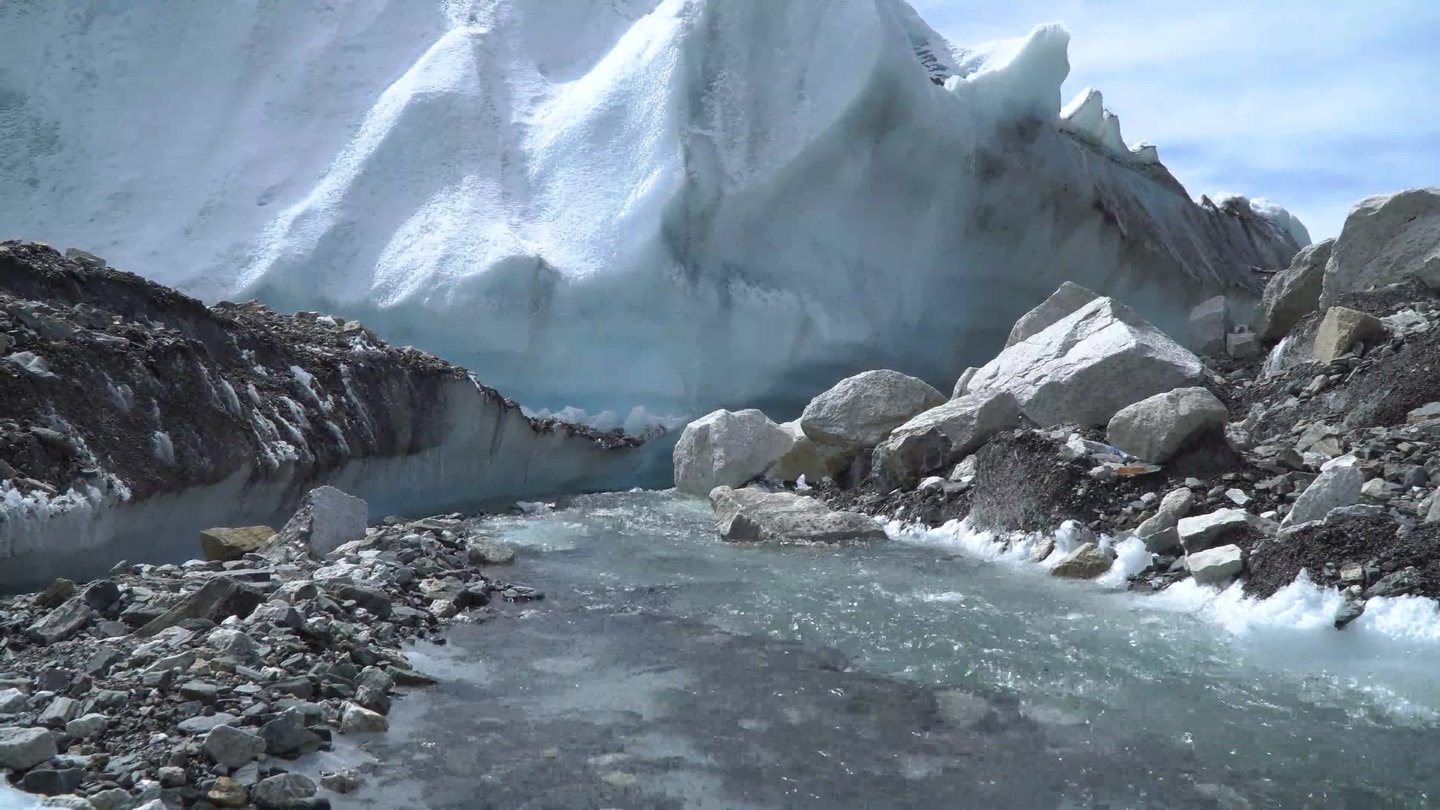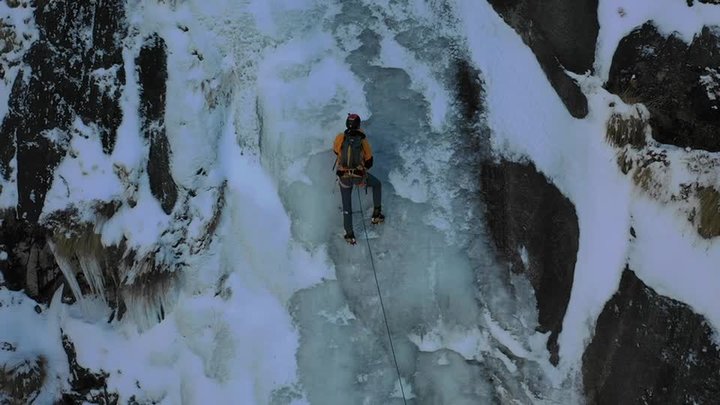GettingStarted
Isteppedofftheplaneandsawthehigh,snow‑encrustedmountainsoftheHimalaya.WehadflownintothevillageofLukla.It’sintheKhumbuRegionofNepal.Iwouldn’tseeMountEverestuntilthefollowingday.WhenIdid,Ihadtolookuptotheskytoseethe summit.
AreyouwonderingwhatIwasdoinghere?IwaspartofanexpeditiontoMountEverest.Icamebecauseourplanetischanging.Rightnow,we’reseeingdramaticclimate changes.Wedon’tfullyunderstandthem.Thisisespeciallytrueinextremeenvironmentslikehighmountains.Wedon’thavealotofdataforsuch places.
Here,weknowtheglaciersprovidecriticalwaterresourcestothemillionsofpeoplewholiveintheHimalaya.TheyalsofeedtheriversthatflowtopartsofAsiawheremorethanonebillionpeoplelive.Risingglobaltemperaturesarecausingtheglaciersto melt.
Wewanttoknowmoreaboutthis.So,Ihelpedcollectdata.Wewanttounderstandhowthemountainsare changing.
Theexpeditiontookmonths.Theentireteamcollectedsamplesofice,snow,rocks,water,andlakesediments.Weobservedandrecordedtheplantsandanimalsthatliveatthesehighelevations.Wealsosetupweather stations.
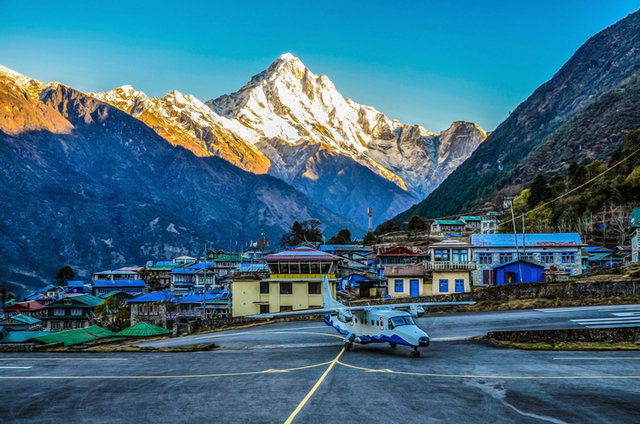
TheLuklaairportishighinthe Himalaya.


NORTH
AMERICA
PACIFIC
OCEAN
ATLANTIC
OCEAN
INDIAN
OCEAN
EUROPE
ASIA
AFRICA
SOUTH
AMERICA
ANTARCTICA
AUSTRALIA
China
Nepal
India
Mount
Everest
meltwaterneartheKhumbu Glacier
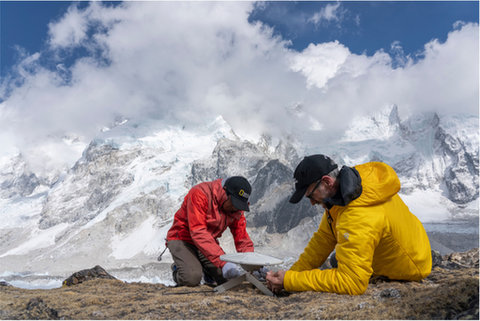
ThebasecampmanagerandIsetupasurveystationfor3-D mapping.
ExpeditionWork
Beforewecollectedanything,weneededtoprepare.Weneededtotestourequipmentintheextremeweather.AndweneededtoworkwithourSherpaclimbingteam,thekeytooursuccess.SherpasareTibetanpeoplelivingonthehighsouthernslopesoftheHimalaya.Theyareknownforprovidingsupportfor climbers.
IceTraining
Therearesteepslopesoficeandsnowontheroutetothesummit.Weusedspecialiceclimbingequipmenttoscale them.
Cramponsattachedtoourstiffboots.Thesemetalspikesstickoutthebottomandthefrontofourboots.Theyhelpyouto gripicyslopes.Iceaxeshelp,too.You swingtheaxeintotheiceandpullyourselfup!TheSherpateamfixedropesonicyslopes,sothat,ifyouslippedandfell,theropewouldcatchyou.OurrouteupEverestputourskillstothe test.
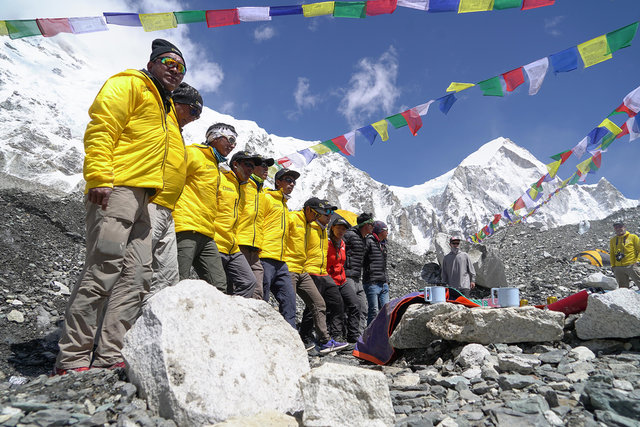
Sherpateammembersattendedaceremonyforthesafetyofourteambeforea climb.
Cramponsonbootsandiceaxeshelpedwiththe climbing.
Eachmemberoftheteamusediceclimbingtoolsandpracticedtheir technique.
